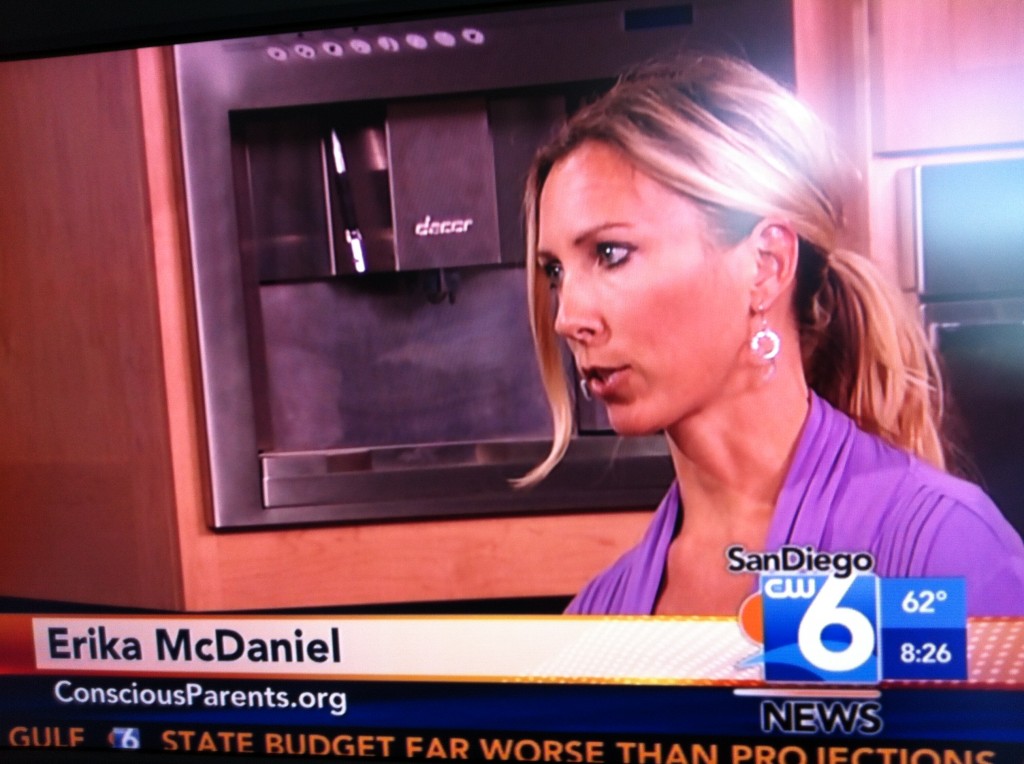
This morning, I shared with Heather Myers the hidden food ingredients that conscious parents should be aware of when reading food labels.
What hidden ingredients are in your food?
For example, Propylene glycol – it is used in things like antifreeze, lotions, baby wipes, salad dressing, deodorant.
The Material Safety Data Sheet for propylene glycol states for first aid in the case of skin contact:
“In case of contact, immediately flush skin with plenty of water. Cover the irritated skin with an emollient. Remove contaminated clothing and shoes. Cold water may be used.Wash clothing before reuse. Thoroughly clean shoes before reuse. Get medical attention.”
While this refers to exposure to highly concentrated form of PG, I know I don’t want to be taking a risk. Yet this ingredient is not only in lotions, baby wipes, shampoos, deodorants, toothpaste, and makeup (to name a few), but it is also in many non-organic processed foods such as salad dressing, ice cream, icing, and soda.
What can consumers do?
One might think reading product labels is the best thing to educate yourself about, however it is important to realize a few things.
First, most people assume that all ingredients in the product are listed on the product label – unfortunately, that is not the case.
- Chemical contaminants like PCBs, heavy metals, pesticides, etc. are not required to be put on label
- GMOs currently are NOT required to be labeled (for information on California’s fight to make sure these are required to be labeled visit www.labelgmos.org
MSG is always found in:
- Autolyzed yeast
- Calcium caseinate
- Gelatin
- Glutamate
- Glutamic acid
- Hydrolyzed protein
- Monopotassium glutamate
- Monosodium glutamate
- Sodium caseinate
- Textured protein
- Yeast extract
- Yeast food
- Yeast nutrient
Source: Truthinlabeling.org
So what can parents/people/consumers do if they want to avoid these things?
- Avoid processed foods as much as possible – Eat whole foods in the form they come in. Cook your own food, use your own spices. If it comes in a bag or a box, it’s probably processed.
- Read labels- Avoid long sounding chemical names, long ingredient lists, vague sounding ingredients such as “natural flavoring”, “spices”
- Buy organic labeled as much as possible – keeps it simple – it is still possible to have some of these hidden ingredients in those foods as well, as USDA Organic Certification is changing it’s standards often – but at least there’s a less chance of it
Leave a Reply